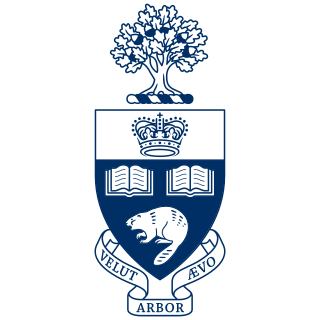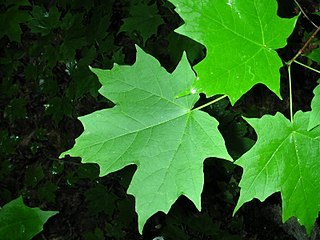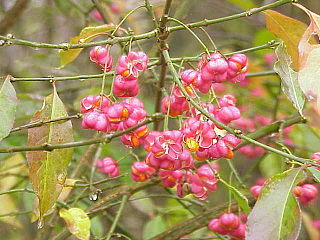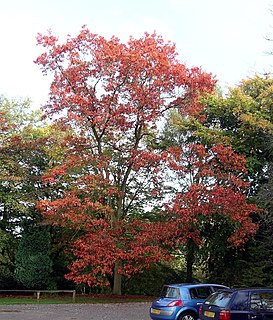This article may require cleanup to meet Wikipedia's quality standards. The specific problem is: other information about the house should be added (architect, history) as well as inline citations(January 2014) (Learn how and when to remove this template message) |

The University Of Toronto President's Estate is a 3.5-acre (1.4 ha), 32 room residence for the University of Toronto's president located in the neighbourhood of Rosedale in Toronto, Ontario, Canada. The property overlooks the Park Drive Reservation Ravine formed by Yellow Creek [1] and goes from Highland Avenue halfway down to the floor of the ravine. The house was built between 1908 and 1910 by Toronto architects Wickson and Gregg. It was the home of gold-mining magnate David Dunlap and his philanthropist wife, Jessie (who donated the David Dunlap Observatory to U of T in 1935 in honour of her late husband). After Mrs. Dunlap's death (1946), the house went through one owner before being purchased in 1956 by U of T as a suitable residence for its president. [2]

The University of Toronto is a public research university in Toronto, Ontario, Canada, located on the grounds that surround Queen's Park. It was founded by royal charter in 1827 as King's College, the first institution of higher learning in the colony of Upper Canada. Originally controlled by the Church of England, the university assumed the present name in 1850 upon becoming a secular institution. As a collegiate university, it comprises eleven colleges, which differ in character and history, each with substantial autonomy on financial and institutional affairs. It has two satellite campuses in Scarborough and Mississauga.

Rosedale is a neighbourhood in Toronto, Ontario, Canada, which was formerly the estate of William Botsford Jarvis, and so named by his wife, granddaughter of William Dummer Powell, for the wild roses that grew there in abundance. It is located north of Downtown Toronto and is one of its oldest suburbs. It is also one of the wealthiest and most highly priced neighbourhoods in Canada. Rosedale has been ranked the best neighbourhood in Toronto to live in by Toronto Life. It is known as the area where the city's 'old money' lives, and is home to some of Canada's richest and most famous citizens including Gerry Schwartz, founder of Onex Corporation, and Ken Thomson of Thomson Corporation, the latter of whom was the richest man in Canada at the time of his death in 2006.

Toronto is the provincial capital of Ontario and the most populous city in Canada, with a population of 2,731,571 in 2016. Current to 2016, the Toronto census metropolitan area (CMA), of which the majority is within the Greater Toronto Area (GTA), held a population of 5,928,040, making it Canada's most populous CMA. Toronto is the anchor of an urban agglomeration, known as the Golden Horseshoe in Southern Ontario, located on the northwestern shore of Lake Ontario. A global city, Toronto is a centre of business, finance, arts, and culture, and is recognized as one of the most multicultural and cosmopolitan cities in the world.




























